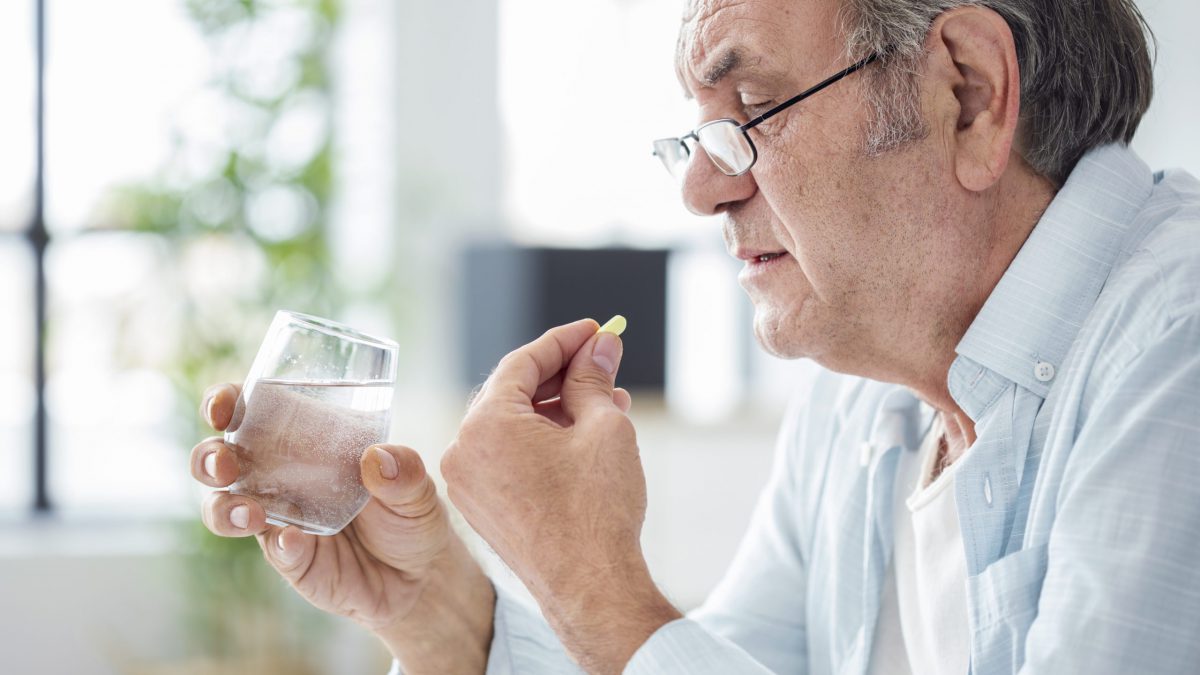Prescribing became more personalized during the pandemic, a new survey of health care providers suggests.
More than 60% of oncologists, pulmonologists, neurologists and urologists reported:
- Prescribing medications with less frequent dosing
- Shifting patients away from newer medications to those that have been in use for longer
- Moving to medications with fewer side effects.
Minimizing In-Person Contact
Some treatment choices and adjustments to prescribing patterns were designed to minimize in-person contact.
Oncologists and neurologists, for example, regularly see patients who are immunocompromised or who have prolonged treatment regimens. Limiting these patients’ trips to the clinic or infusion center can reduce the potential for exposure to viruses.
In some cases, this meant that many patients took injection or oral medications instead of getting infusions.
Reducing Costs for Patients
Doctors also reported tailoring treatment to minimize patients’ out-of-pocket costs as many people’s financial challenges mounted:
- 35% of physicians surveyed had patients who requested generic alternatives to reduce the financial burden of treatment.
- Nearly half of providers indicated that their patients skipped doses or discontinued medication due to cost.
- Four in 10 doctors reported that they had patients who lost their employer-sponsored health insurance.
By easing patients’ financial obligations and anxieties, physicians aimed to improve their patients’ adherence to treatment.
Maintaining Patient-Centered Care After the Pandemic
Doctors’ ability to tailor medication regimens during the pandemic underscores the value of patient-centered care. Whether by minimizing vulnerable patients’ risk of coronavirus exposure or making sure patients could afford to continue treatment, physicians demonstrated how shared decision-making and individualized care can optimize outcomes.
And that’s a strategy that can benefit patients and physicians alike, even long after the pandemic subsides.
